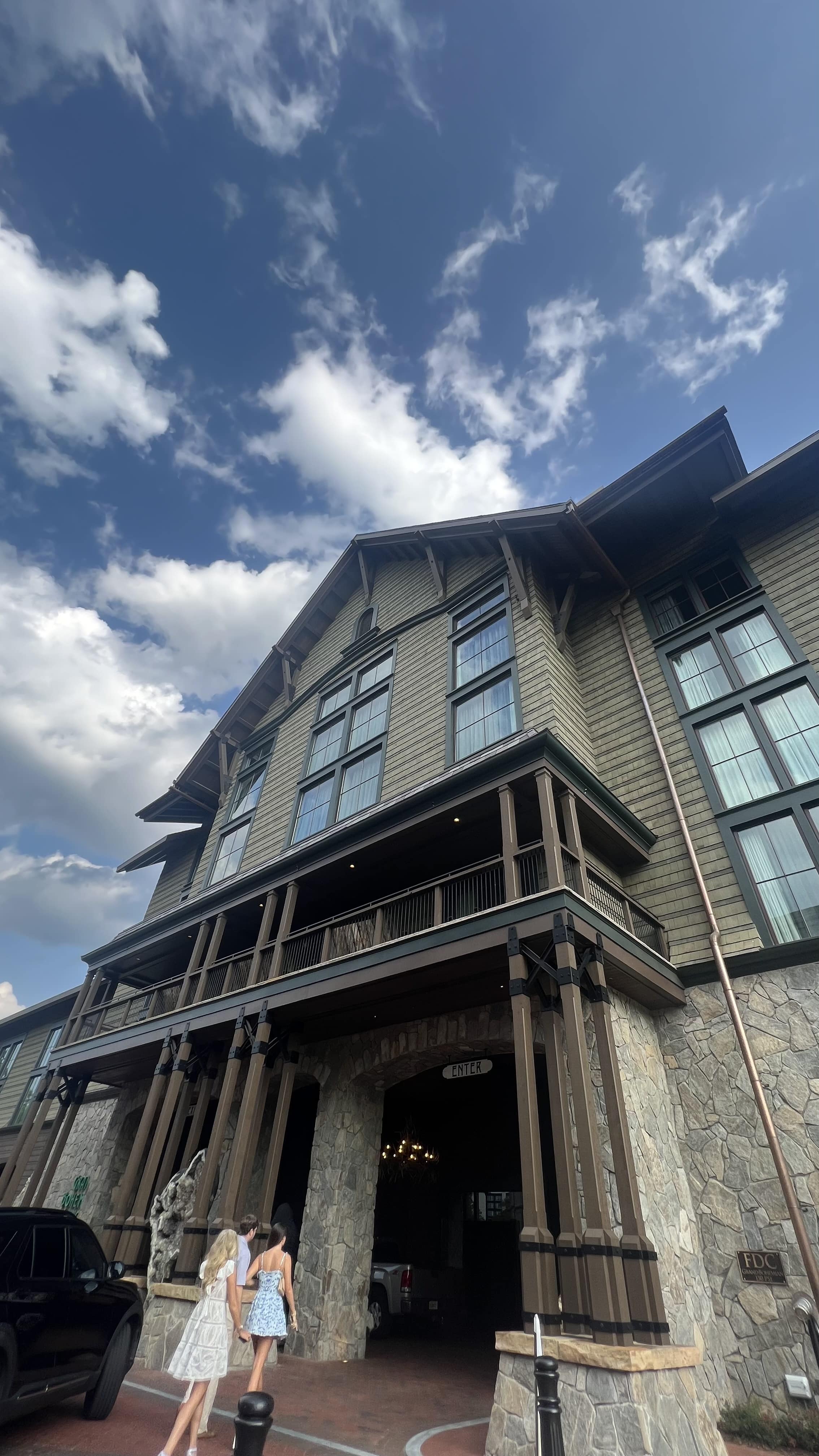Choosing the right roofing material for your home is a critical decision that impacts not only the aesthetics of your house but also its durability, energy efficiency, and overall maintenance costs.
With numerous options available in the market, homeowners often find themselves torn between metal roofing and traditional shingles. This blog aims to provide a comprehensive comparison between these two popular roofing materials, helping you make an informed decision that suits your specific needs and preferences.

Durability and Longevity
When it comes to durability and longevity, metal roofing often outshines traditional shingles. Metal roofs are designed to withstand harsh weather conditions, including heavy snow, strong winds, and intense sunlight, without deteriorating. Professional metal roofing installation can last up to 70 years, while the average lifespan of asphalt shingle roofs is around 20-30 years.
This means that metal roofs require less frequent replacement, saving you money in the long run. On top of their exceptional durability, metal roofs also boast superior fire resistance and are often recommended for homes located in areas prone to wildfires. On the other hand, shingles are highly flammable and can quickly catch fire, potentially causing significant damage to your home.
Energy Efficiency
Energy efficiency is another crucial factor to consider when choosing between metal roofing and shingles. Metal roofs have superior reflective properties, which help to deflect the sun’s rays and reduce the amount of heat absorbed into your home. This can significantly lower cooling costs during hot summer months, making metal roofing an energy-efficient option.
Some metal roofs are even coated with special finishes that enhance their reflective capabilities, further boosting energy savings. In contrast, traditional asphalt shingles tend to absorb more heat, which can increase the temperature inside your home and lead to higher cooling costs. While some shingles are available in lighter colors that reflect sunlight better, they generally do not match the energy-saving potential of metal roofing.
Maintenance and Repairs
Maintenance and repair requirements differ significantly between metal roofing and traditional shingles. Metal roofs are known for their low maintenance needs. They are resistant to common issues such as cracking, shrinking, and eroding, and typically only require periodic inspections to check for any potential damage or loose fasteners. In the unlikely event that a metal roof does require repairs, these are usually straightforward and can be handled relatively quickly by a professional.
In contrast, shingle roofs demand more frequent attention. As shingles age, they become more susceptible to damage from wind, rain, and debris.
Common problems include curling, cracking, and missing shingles, which can lead to leaks and other structural damage if not promptly addressed. Additionally, shingle roofs may require regular cleaning to remove moss, algae, and other growths that can compromise the integrity of the roofing material. These ongoing maintenance tasks and repairs can add up over time, contributing to higher overall costs and effort for homeowners.
Aesthetics and Design Options
Aesthetics and design options play a significant role in the decision-making process when choosing between metal roofing and shingles. Metal roofing offers a sleek, modern appearance that can enhance the overall look of your home. Available in a variety of styles, colors, and finishes, metal roofs can mimic the appearance of traditional roofing materials such as tiles, slate, or even wood shakes, providing versatility to match any architectural style. This allows homeowners to achieve a desired aesthetic without compromising on durability and performance.
On the other hand, traditional shingles, especially asphalt ones, have long been favored for their classic look and ability to blend seamlessly with most residential styles. Shingles also come in a wide range of colors and textures, giving homeowners plenty of options to choose from. Additionally, specialty shingles like architectural or designer shingles offer added depth and dimension to a roof, creating an attractive, high-end appearance.

Installation Process
The installation process differs significantly between metal roofing and traditional shingles, affecting the overall project duration and complexity. Metal roofing installation typically requires a higher level of expertise and precision. It involves securing large metal panels or shingles to the roof structure using specialized fasteners, ensuring they are properly aligned and sealed to prevent water infiltration.
Due to the complexities involved, it’s crucial to hire experienced and certified roofing professionals for metal roof installations. While the initial installation may take longer than shingle roofing, the result is a robust and long-lasting roof that pays off in durability and performance.
In contrast, installing traditional shingle roofing is often more straightforward and can be completed relatively quickly by a skilled crew. Asphalt shingles are installed starting from the bottom edge of the roof, overlapping each row as they progress upwards.
This method ensures proper water shedding and protection against leaks. Shingle installation doesn’t usually require specialized tools or techniques, making it accessible for many roofing contractors and offering a quicker turnaround time. However, the simplicity of shingle installation doesn’t negate the need for professional expertise to ensure optimal performance and longevity.
Both metal roofing and traditional shingles have their unique advantages and drawbacks. Ultimately, the best choice for your home depends on various factors, including your budget, climate, aesthetic preferences, and long-term maintenance expectations.
We hope this blog has helped you gain a better understanding of these two popular roofing materials and guides you in selecting the right option for your specific needs. Consult with a trusted roofing professional to discuss which material is best suited for your home and enjoy a durable, beautiful roof that provides protection and style for years to come.
